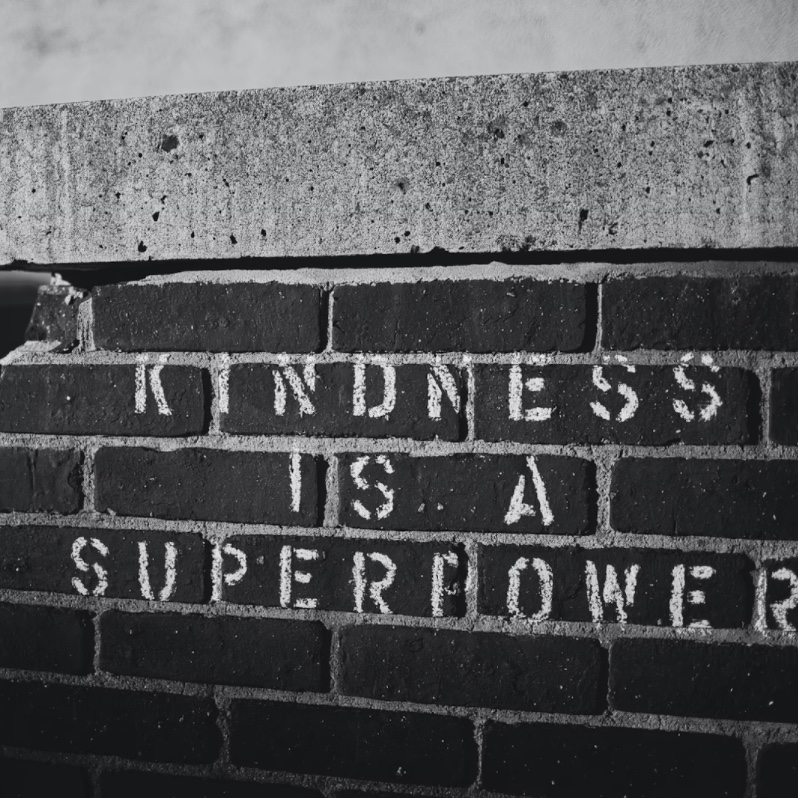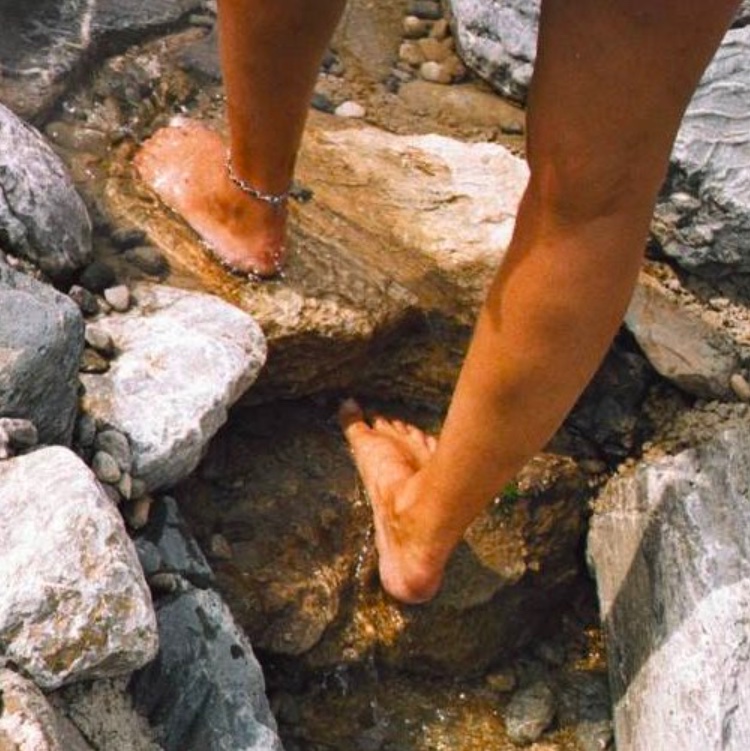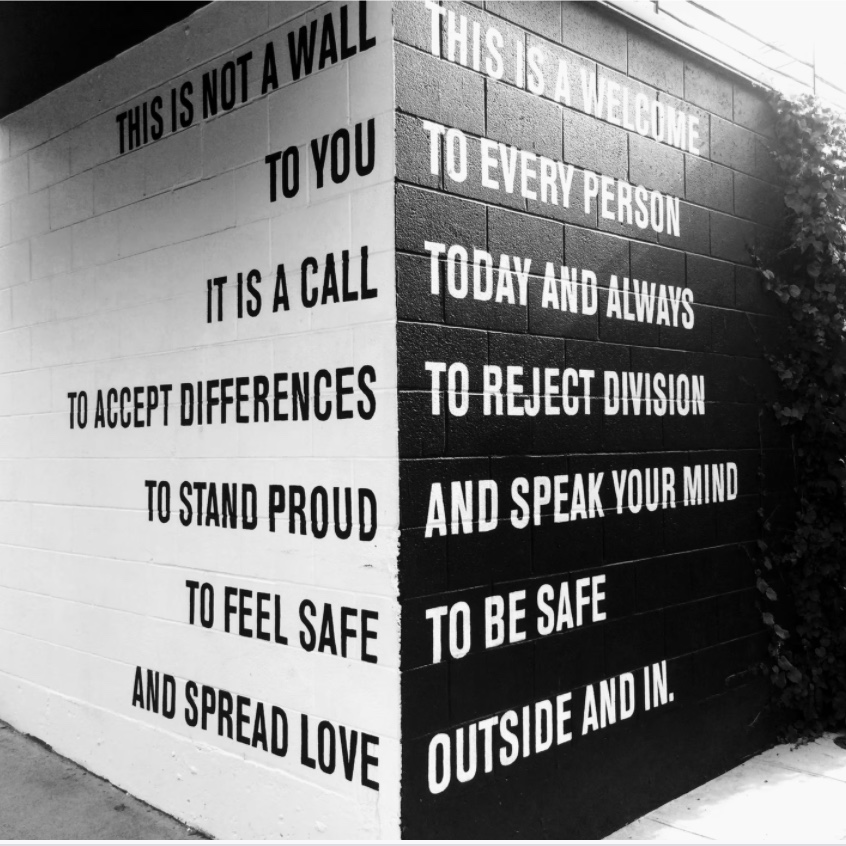Posted on January 6, 2022

Even though alchemy is said to have the power to turn lead into gold and to perform other outstanding refining processes, the choice of basic ingredients is of paramount importance. In this series “Alchemy of Transformation – how to boost transformation processes online and offline” we will share our insights from 65 online experiments and interviews and 10 practitioner exchange sessions carried out in our European research project “Online Transformative Learning” as well as our long experience of impactful offline transformation processes.
We first present some significant basic ingredients of successful transformation processes. In later episodes we will look at the more complex interplay and the right mix ratios in process facilitation, programme design, choice of methods, software and evaluation.

Every major social challenge has the potential to unite or divide. Every really big challenge needs cooperation, relying on each other, standing up for each other in order to be able to overcome it, especially if the challenges involve transformation, because the desired state is still unknown and associated with uncertainty. Then it needs both the emotional support for the key players and a thorough understanding of what a new desirable state should look like.
But there are those pesky people who have completely different opinions. If only they thought or acted like us, we would have a whole lot less problems! So? Have you ever caught yourself thinking this way? As a vaccination supporter, as a vaccination opponent, as a climate activist, or, or, or? I have and I am not proud of it.
For some months now I have been noticing how impulses of separation and division in and through media, different social groups, families and friendships create discord and make common action more difficult.
I invite you to join me on a journey of exploration to find out where and how we can strengthen cohesion and promote constructive togetherness in these wild times – as a family member, as a citizen of our country, our municipality, as an inhabitant of this planet.
In this first part of the series “Alchemy of Transformation”, I want to share with you ideas about how to build bridges and promote cohesion. They are a mix of self-experiments, experiences from the Visionautik Akademie, insights from interviews, discoveries from people who inspire me and curiously explorative claims. Try out what inspires you and help strengthen connections, nurture a culture of cohesion and overcome mental gaps in your surroundings. Any suggestions that don’t seem plausible or appropriate for you, just feel free to throw them overboard!

Curiosity is a miracle elixir. Curiosity helps to venture into unknown territory, even if it scares you. Curiosity, or let’s say: genuine interest in what the other person has to say, opens doors and hearts, even of people who are completely different from us. What helps is to park one’s own concepts for a while and to be benevolently amazed at how the other person comes to completely different perceptions and conclusions through his or her own personal mix of experiences and situation. What also helps is not to judge – neither the other person, nor oneself and one’s possibly unpleasant feelings that arise. Both sometimes really cost a lot of overcoming, especially when the other triggers your own pain points or questions your world view. You can be proud if you succeed anyway. Give the people around you the gift of turning towards them with honest interest and listening to their ideas, views, concerns and hopes. You will be surprised how a personal closeness can develop in this way, even if you have completely different opinions.

We live in a time of massive uncertainty and it is not surprising that many people are overwhelmed by it and cling to straws and scapegoats. The social practices of yesterday are being radically called into question in many fields right now. What was considered secure yesterday no longer counts – who doesn’t get stressed about that!
What would it be like to look at people who are acting narrow-minded and incomprehensible right now with a gentle, loving, benevolent eye, as we do with someone who has had a rough day, and instead of accusing them or proselytizing, consider how we might relieve their stress and insecurity? What specifically might help bring that benevolence into everyday life, professional life, learning spaces?

One of the most important tools that has emerged in guiding our visionautic participants through uncertainties is to create an atmosphere in which everyone is allowed to be who they are and everyone is welcomed, seen and heard. How powerful the so-called “Psychological Safety” is, has been found out by Google in their research project “Aristotle”. You can read more about this in the next part “Alchemy of Transformation” about trust. This also includes allowing ourselves and others to express feelings – even unpleasant feelings that scare us and that we would like to remove as quickly as possible. There is no need to happen much with those feelings – just allowing ourselves to really feel them often works wonders. There are a number of helpful tools and settings for such emotional hygiene, such as Conscious Discharge, as explained here by emotion expert and author Vivian Dittmar (in german). If you don’t yet have an environment that accommodates such a practice, you can use the online discharge platform here. You can also get inspired by our photo series “10 tips for more stability in your life”, to find out what can ground you and make you feel safe.

Let’s admit it openly – to many problems of our times we still have no satisfactory solution. How could we? In the complexity in which health, ecosystems, the behavior of humans and other living beings are interwoven and in which consequences of actions are reflected only far into the future, groping, experimentation and trial and error are needed. Instead, there is often an obvious or unspoken pressure hanging in the air expecting to take clear positions, to hold the most mature, well-reasoned opinions possible, and to be totally sure about them – in political shows, in schools, universities, or private discussion groups. The consequence? Gaps in knowledge are concealed, insecurities are covered up, and once opinions have been formed, it is difficult to back away from them without losing countenance. How wonderful would it be if there were more of these places, where half-baked things can be discussed and moved on together, where people are allowed to approach a topic without already having an opinion on it, spaces for searching, groping, researching, an explicit culture of trial and error and not knowing, of which failure, dead ends and misconceptions are an inevitable part.

A good foundation for such places is a friendly and relaxed approach to uncertainty. Uncertainty has become an integral part of our lives. We have outgrown the doubtful paradise of a society with fixed statuses, inherited professions and firmly established role patterns, and of course we don’t want to go back there. The flip side, however, is that we have endless choices and thus endless opportunities to make decisions that we later regret. It is much more challenging to navigate the vast sea of possibilities than it is to ride a streetcar that follows the rails of ancestors or authorities.
Unlike fear, which speeds up action and blocks thorough thinking, uncertainty is a warning signal, which invites us to go slowly and carefully: “Watch out, here comes something unknown, something new, here you won’t get anywhere with routines.” Uncertainty thus invites us to go our way in an alert and conscious manner. This is a quality that promotes innovation and is an appropriate state in times of not knowing. Highly recommended on this topic are books and lectures by philosopher Natalie Knapp, well summarized e.g. in this video “Why our uncertainty is helpful” . In addition, it is helpful to strengthen your own foothold. Helpful questions might be: What can I rely on? What holds me together at the core and where do I fall apart? What is still valid for me when everything falls away? What gives me strength and support? What makes me feel safe?

You probably just celebrated New Year’s Eve in one way or another, one of many rituals from the old to the new that help charge change with dignity, gratitude and anticipation. At Visionautik Academy, we are big fans of rituals, whether they are rites of passage such as firewalking and arrow breaking or forgiveness rituals such as ho’o pono pono. They provide clarity and strengthen the bond between those involved. How can such rituals build bridges and strengthen cohesion? Well, forgiveness rituals break down dividing walls and reopen for a new encounter, even when they are one-sided. Rituals of letting go and welcoming the new can enrich our communication culture in many ways, e.g. in a controversial discussion everyone could sacrifice an old thought and celebrate a new one, thus helping to make it easier to engage with each other’s thoughts and mature together in the discussion. I’m sure you can think of many other ways how letting go and welcoming the new can make your work or learning spaces freer and easier.

Many images used in everyday life, in politics and in the media emphasize the divisive, reinforce an “us and them”, sometimes downright incite groups against each other and feed fears and blame. In his article “Genug gespalten (divided enough)” in the Frankfurter Rundschau, author Fabian Scheidler vividly describes the mechanisms that are triggered by this and how important it is to address issues that we can only tackle together instead of engaging in trench warfare. It is worthwhile both to listen very carefully and to examine what is conveyed to us consciously or unconsciously between the lines through these images. And it is also worthwhile to observe ourselves: When do I use terms and images that divide and sow discord, and when do I ensure that reconciliation and togetherness can arise through the way I think or speak? Perhaps you find the following time-tested concept helpful for this self-observation: It is attributed to Socrates, but also appears among the Sufis and the Quakers – with different names: the 3 questions, the 3 sieves, or the 3 gates that the information must pass through in order to proof valuable to be spoken out: Is it true? Is it kind? Is it necessary?

The classic change of perspective that helps to create connections is empathizing with one’s counterpart, thereby dealing more gently and lovingly with what bothers us about the other. Especially helpful in our work at Visionautik Akademie, but also in private conflicts, has been jumping to a kind of bird’s eye view, such as with the Harvard concept, which breaks away from positions and asks about the interest behind them, e.g. what is the need behind the desire not to wear a mask, drive an SUV, gossip about others, etc.? Most of the time it is much easier than the position to understand the need behind it and moreover it opens up manifold possibilities to satisfy these needs in different ways that might cause less conflict or disturbance.

I’d love you to join in the effort to overcome division and weld us inhabitants of this planet together to celebrate our existence and collectively meet our challenges ahead. I am curious to hear about your experiences!
AGB | Datenschutzerklärung | Impressum | Wiederrufsrecht
